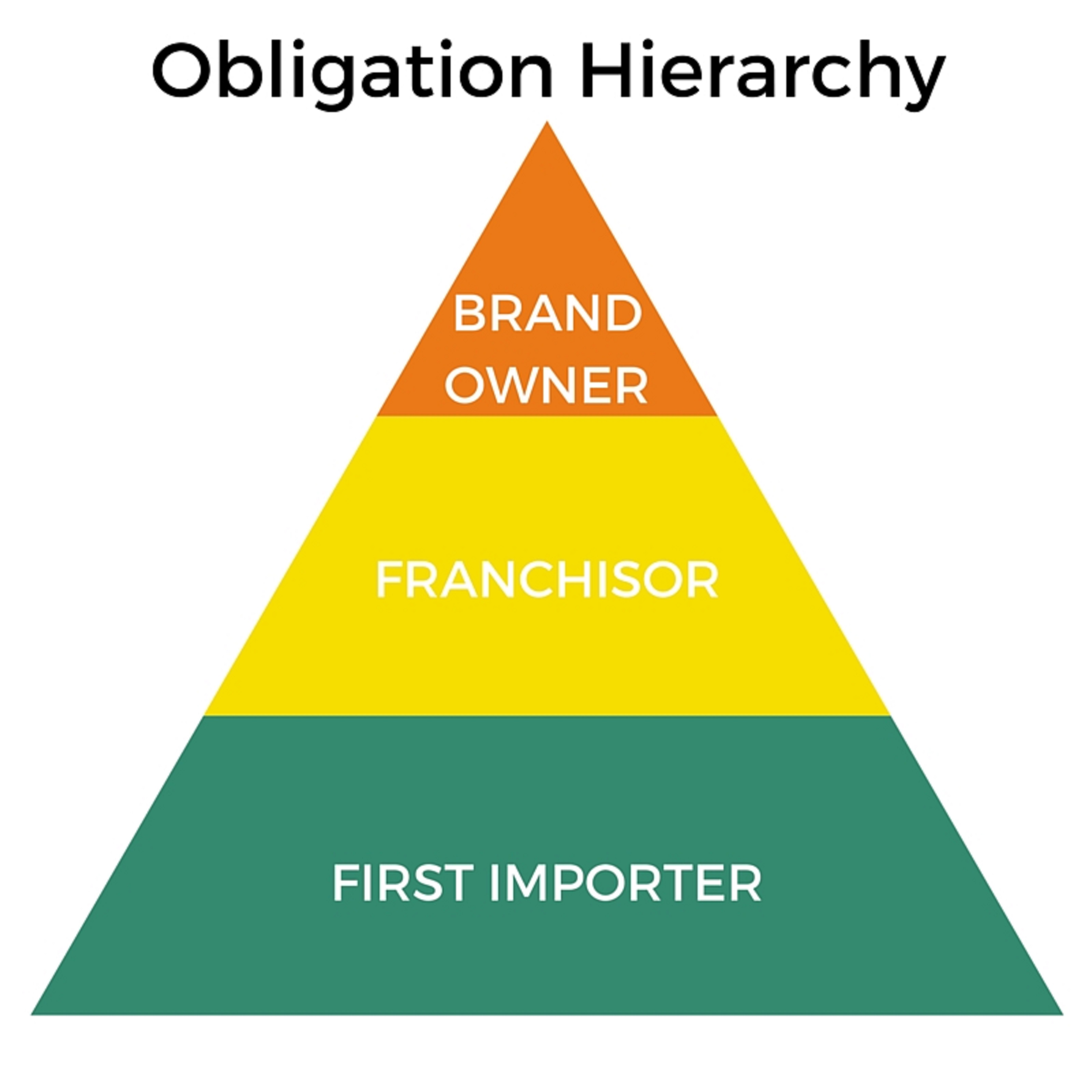Stewards
Reporting Deadline: May 31
Sustainability is no longer a trend – it’s the driving force behind successful Canadian businesses. Companies that take ownership of their environmental initiatives are seen as leaders in sustainability; exponentially increasing their brand value in the minds of educated consumers.
Businesses that take responsibility for recycling the materials they produce are setting an example on a global scale. Extended Producer Responsibility (EPR) makes industry more conscious of what they produce, ultimately driving positive changes throughout the supply chain. From sourcing more sustainable materials (thus reducing the harvesting of virgin materials) to redesigning product packaging to be more recyclable, EPR will have long-lasting effects on Canada’s environment.
Am I a Steward?
In February 2012, the provincial government approved The Household Packaging and Paper Stewardship Program Regulations (the Regulation), under the The Environmental Management and Protection Act, 2002, which transfers responsibility for financing up to 75 per cent of efficient and effective recycling programs for residential waste packaging and paper (WPP) to businesses that produce this material and supply it into the Saskatchewan residential marketplace.
Any company or organization that supplies waste packaging and paper to Saskatchewan households qualifies as a “steward”, as outlined in the Regulation.
Clause 3 of the Regulation defines a steward as:
- “the brand owner1 with respect to the packaging or paper, unless the brand owner is a non-resident owner2
- if there is no brand owner as described in clause (a), the person that first imports the packaging or paper into Saskatchewan; or
- if there is no brand owner as described in clause (a) or person that first imports the packaging or paper as described in clause (b), the purchaser of the packaging or paper outside of Saskatchewan that purchases it for use in Saskatchewan”
Voluntary Stewards
A brand owner that is not resident in Saskatchewan, but has residency in Canada, can volunteer to be a steward under this product management program to relieve the steward resident in Saskatchewan (that receives waste packaging and paper from the non-resident brand owner) of the obligations arising from the Regulation.
What is waste packaging and paper (WPP)?
WPP is divided into two categories – packaging and paper.
Packaging for purposes of producer obligation and reporting under the Regulation includes:
- Primary packaging, i.e., packaging that contains the product at the point of sale to the residential consumer;
- Grouped packaging or secondary packaging that goes to the household3;
- Transportation, distribution or tertiary packaging that goes to the household4;
- Service packaging designed and intended to be filled at the point of sale and “disposable” items sold, filled or designed and intended to be filled at the point of sale such as:
- Paper or plastic carry-out bags provided at checkout;
- Bags filled at the shelves with bulk goods, produce, baked goods, etc.;
- Disposable plates and cups;
- Take-out and home delivery food service packaging such as pizza boxes, cups, bags, folded cartons, wraps, trays, etc.;
- Flower box/wrap;
- Food wraps provided by the grocer for meats, fish, cheese, etc.;
- Paper envelopes for developed photographs;
- Gift wrapping/tissue paper added by the retailer; and
- Packaging components and ancillary elements integrated into packaging, including ancillary elements directly hung or attached to a product and which perform a packaging function unless they are an integral part of the product and all elements are intended to be consumed or disposed of together5
Paper is defined as “paper of any description including:
- Flyers
- Brochures
- Booklets
- Catalogues
- Telephone directories
- Newspapers
- Magazines
- Paper fibre
- Paper used for copying, writing or any other general use”
For more information on packaging and paper please see the Producer Guide.
I’m a Steward, What’s Next?
MMSW’s program is a shared responsibility program with stewards bearing 75 per cent and municipalities bearing the remaining 25 per cent of the costs of delivering efficient and effective recycling services to Saskatchewan residents.
Under this requirement, stewards had two options:
- submit its own plan, or
- be part of an organization such as MMSW that developed a plan to meet the requirements of the regulation
On December 20, 2013, the Saskatchewan Ministry of the Environment approved the Waste Packaging and Paper Stewardship Plan that had been submitted by MMSW in August and revised in December 2013. The plan was developed by representatives from Retail Council of Canada, Food and Consumer Products of Canada, and the Canadian Food and Restaurant Association.
MMSW has recently published a revised Program Plan for the management of waste paper and packaging in Saskatchewan.
Revisions to the Program Plan were made as a result of additional requirements by the Saskatchewan Ministry of Environment announced on December 18, 2014.
MMSW’s Program launched on January 1, 2016. Stewards can still join MMSW at any time to maintain their obligation in Saskatchewan under the Regulation. To register as a steward, visit the WeRecycle Registration & Reporting Portal.
How do I register?
To register with MMSW please visit:

